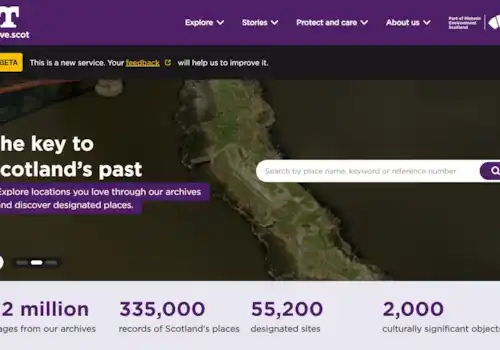24 October 2022
|
Tales from the Hallotree. Chapter 2.
Chapter 2: Vampires
As we get closer to All Hallows’ Eve, we are really ramping up the spookiness of these installments, and nothing matches the cold chill that runs down the spine when you think of vampires in pop culture. I’m talking the real scary stuff…The Munsters, Abraham Lincoln: Vampire Hunter, Hotel Transylvania. Each one more disturbing than the last. Last weekend, my 3rd grade son’s school screened Hotel Transylvania 2, and panic gripped the crowd when the nearby food truck ran out of gyros and hot dogs.
Are Vampires Real?
It’s really not for me to say. If the answer were a simple no, then they probably wouldn’t have had such a grip on our psyche for the past hundreds of years. If I were to say yes, I would maybe be lying.

An image of one of the skeletons uncovered at Kilteasheen in Roscommon. The rock placed in the mouth was intentional, and occurred after death. (Source)
Either way, vampires are deeply enmeshed in our collective consciousness. Modern vampire legends are based on old European beliefs. While the movies/tv shows listed above are admittedly lighthearted, the vampire rabbit hole goes much deeper. Just like with mummies, and that great uncle you always wish would stop attending family events, vampires can be tied directly to your ancestry!
Though vampiric folklore typically sets the scene in Eastern Europe, empirical evidence and genetic testing has proven links to alleged vampires in Ireland, US, and elsewhere.
The Griswold Vampire
For example, just as Haplogroup R can tie you to King Tut, it can also connect you with John Barber ”The Griswold Vampire” of 19th century New England. He’s even listed as a notable connection in our new Discover™ tool. Did he haunt his relatives?

The grave of John Barber, also known as the Griswold Vampire. Used with permission from Connecticut State Archaeologist Nicholas Bellantoni
His family sure thought so, which caused them to exhume his body, bury him again, and place his skull and bones in a ‘skull and crossbones’ formation. Relatives of him are found in our database within our FamilyTreeDNA R1b Project.
The Irish vampires
Not convinced? Here’s another tale sure to scare you right out of your genealogy study desk! Hundreds of years before John Barber may or may not have haunted his family, Ireland was the scene of alleged vampiric activity and suspected blood drinking. Undead vampires and the fear of them feasting on living people was present there too back into between 600 and 800 CE, far before the term ‘vampire’ existed. These suspects were subjected to violence before being buried, then rocks were shoved into their mouths, their limbs broken, and their corpses folded. It’s believed this is to keep them from rising again. It’s said that they were sometimes even buried upside down, so if they did awaken again, they would continue digging in the wrong direction.

One in six men in Ireland belong to Y-DNA haplogroup R-M222 and are distantly related to several of the Kilteasheen skeletons. Visit Discoverto see if you are one of them!
Dracula's haplogroup
One extensive study targeted men with Besarab ancestry in Transylvania to determine the Y-DNA haplogroup of Vlad III The Impaler (Dracula). Though ultimately inconclusive, several haplogroups were in the running, including E, G, I, J, and R.

Portrait of Dracula (Vlad III The Impaler)
Taking our Big Y-700 test will place you on the great paternal tree of mankind, and connect you not just with alleged historical vampires, but also with famous people who almost 100% weren’t vampires at all! Did Napoleon feast on blood? Was Alexander Hamilton immortal? The answer to both is no. Absolutely not. But, that didn’t stop us from including them, and many, many more people, on our Notable Connections list within Discover.
By Jeremy Balkin








